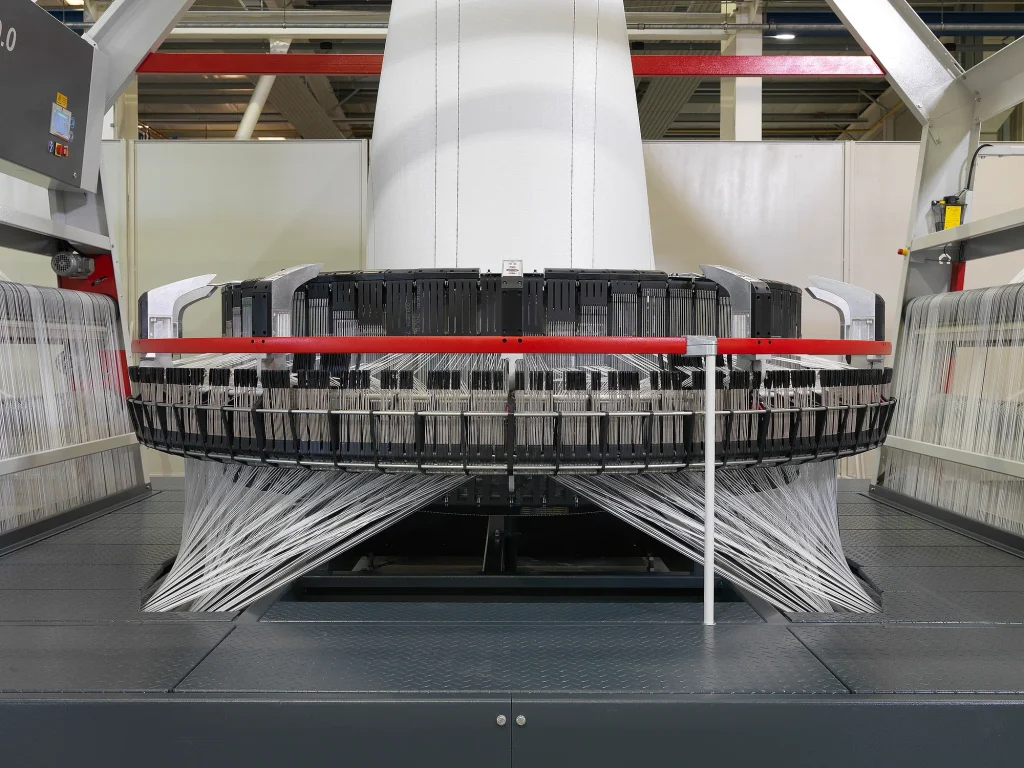
When it comes to packaging solutions, businesses often face the challenge of balancing performance with safety. One effective choice in this realm is the use of multi-wall woven bags, particularly in the food industry. These bags are increasingly popular due to their structural integrity, versatility, and ability to meet stringent food safety standards. In this article, we will explore the advantages of multi-wall woven sacks, especially laminated woven bags, and delve into their applications in packaging food ingredients such as flour, sugar, spices, and agricultural products.
The Advantages of Multi-Wall Woven Bags
Multi-wall woven bags are constructed from several layers of polypropylene or other durable materials, providing enhanced protection and durability. Below are some key benefits of using these bags:
- Strength and Durability: Multi-wall woven sacks offer superior strength compared to single-layer bags, allowing them to withstand heavy loads. This is particularly important when transporting bulk materials such as flour and sugar.
- Moisture Resistance: The laminated surfaces of multi-wall woven bags create a barrier that protects contents from moisture, which is critical for food items that can degrade when exposed to humidity.
- Customizability: These bags can be customized in terms of size, design, and branding, making them an ideal choice for businesses looking to enhance their product’s visibility in a competitive market.
- Sustainability: With increasing awareness of environmental issues, multi-wall woven bags are often made from recyclable materials, contributing to a more sustainable packaging solution.
- Compliance with Safety Standards: Multi-wall woven bags are often designed to meet food safety regulations, ensuring that they are safe for storing edible products.
Applications in the Food Industry
Multi-wall woven bags are highly versatile and find applications in various sectors within the food industry. Here are some common uses:
| Application | Description |
|---|---|
| Flour | Used to package various types of flour, ensuring freshness and preventing contamination. |
| Sugar | Ideal for packaging granulated sugar, providing moisture resistance and durability. |
| Spices and Seasonings | Protects flavor and aroma by providing a barrier against moisture and air. |
| Agricultural Products | Suitable for packing seeds, grains, and other agricultural commodities, ensuring safe transportation. |
| Food Additives | Provides a safe and compliant option for packaging food additives, meeting regulatory standards. |
Strength Performance and Compliance
When choosing packaging materials, particularly for food products, companies must consider the weight-bearing performance of the bags. Multi-wall woven bags are designed to support heavy loads without compromising structural integrity. This feature is essential when transporting bulk food products, as it minimizes the risk of bag failure during handling and transport.
In addition to strength, the labeling requirements for food packaging must also be considered. Labels must provide clear information about the contents, usage instructions, and storage guidelines, as well as compliance with local regulations. This means that the printing on multi-wall woven sacks should be durable and resistant to fading, ensuring that important information remains legible throughout the product’s shelf life.
Moreover, food-grade packaging must adhere to various safety certifications to ensure consumer protection. For instance, multi-wall woven bags often need to comply with regulations set by organizations like the FDA (Food and Drug Administration) or EU (European Union) standards for food contact materials. These certifications typically include:
- Food Safety Certifications: Ensuring that the materials used in the bags are safe for contact with food products.
- Recyclability Certifications: Verifying that the packaging can be recycled after its use, thus promoting environmental sustainability.
- Quality Management Certifications: Ensuring that manufacturers maintain high-quality standards throughout the production process, such as ISO 9001.
Choosing the Right Multi-Wall Woven Bag
When selecting a multi-wall woven bag for food packaging, several factors should be taken into account:
- Material Type: Different types of polypropylene or other materials may offer varying levels of moisture resistance and durability. Choose materials that suit the specific food product being packaged.
- Layer Configuration: The number of layers can affect the bag’s strength and protective capabilities. Multi-wall configurations can include inner liners for additional moisture protection.
- Size and Capacity: The size of the bags should match the quantity of product being packaged, ensuring ease of handling and transport.
- Customization Options: Consider the possibility of customizing the bags with branding or specific information to enhance product visibility.
Conclusion
In conclusion, the selection of multi-wall woven bags, particularly laminated PP bags, presents a range of advantages for food packaging, from strength and moisture resistance to compliance with safety standards. The applications of these bags across various food sectors highlight their versatility and reliability. With proper selection and adherence to safety certifications, businesses can ensure that their products are protected throughout the supply chain, ultimately leading to greater consumer satisfaction and brand trust.
For those interested in exploring the benefits and applications of multi-wall woven bags further, multi-wall woven bags are an excellent choice that combines durability, safety, and customization options to meet diverse market needs.